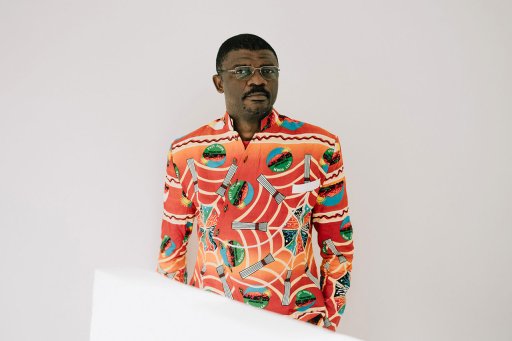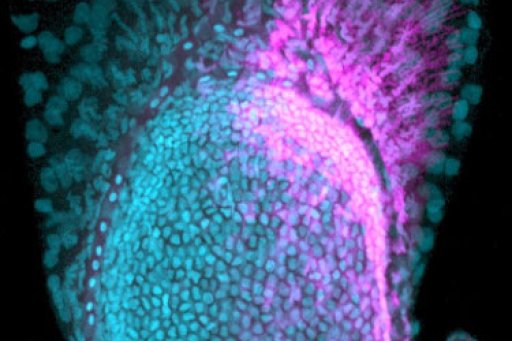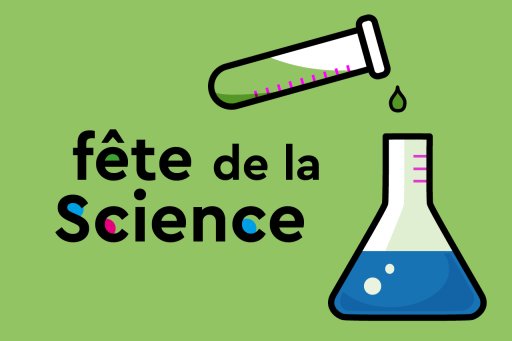Hervé Turlier, a CNRS researcher at the Centre interdisciplinaire de recherche en biologie (CIRB) at Collège de France, has been awarded a prestigious international Human Frontier Science Program (HFSP) grant in collaboration with two international partners - V. Barone (Stanford University, USA) and J. Martin Duran (Queen Mary University, UK) - to study how certain marine animals generate cell differences from the very first stages of life. This process, known as asymmetric cell division, is essential to the development of complex organisms, including humans.
But not all organisms proceed in the same way. In a large group of invertebrates called spiralians, such as certain worms and molluscs, a fascinating structure plays a key role : the polar lobe. This temporary protrusion forms in the zygote (i.e. the fertilized egg) and is only transmitted to one of the two cells resulting from the first division, creating an asymmetry in size and influencing the particular fate of that cell. Surprisingly, this mechanism has evolved independently in several species, making it an ideal model for understanding the emergence of new biological traits.

Extracted from Conrad, et al. J. Cell Biol. 59, 228-233 (1973).
This project brings together specialists in evolutionary and developmental biology, cell mechanics and computational modeling. By studying up to twelve marine species, the team will seek to understand how polar lobules are formed, which molecules are involved, and how this process has evolved or been transformed into more classical modes of asymmetric division.
By adopting the innovative lens of evolutionary biophysics, this research will reveal how mechanical forces and genetic programs cooperate to shape the first stages of life - providing potentially applicable Spotlights far beyond marine embryos, to the origins of our own development.








